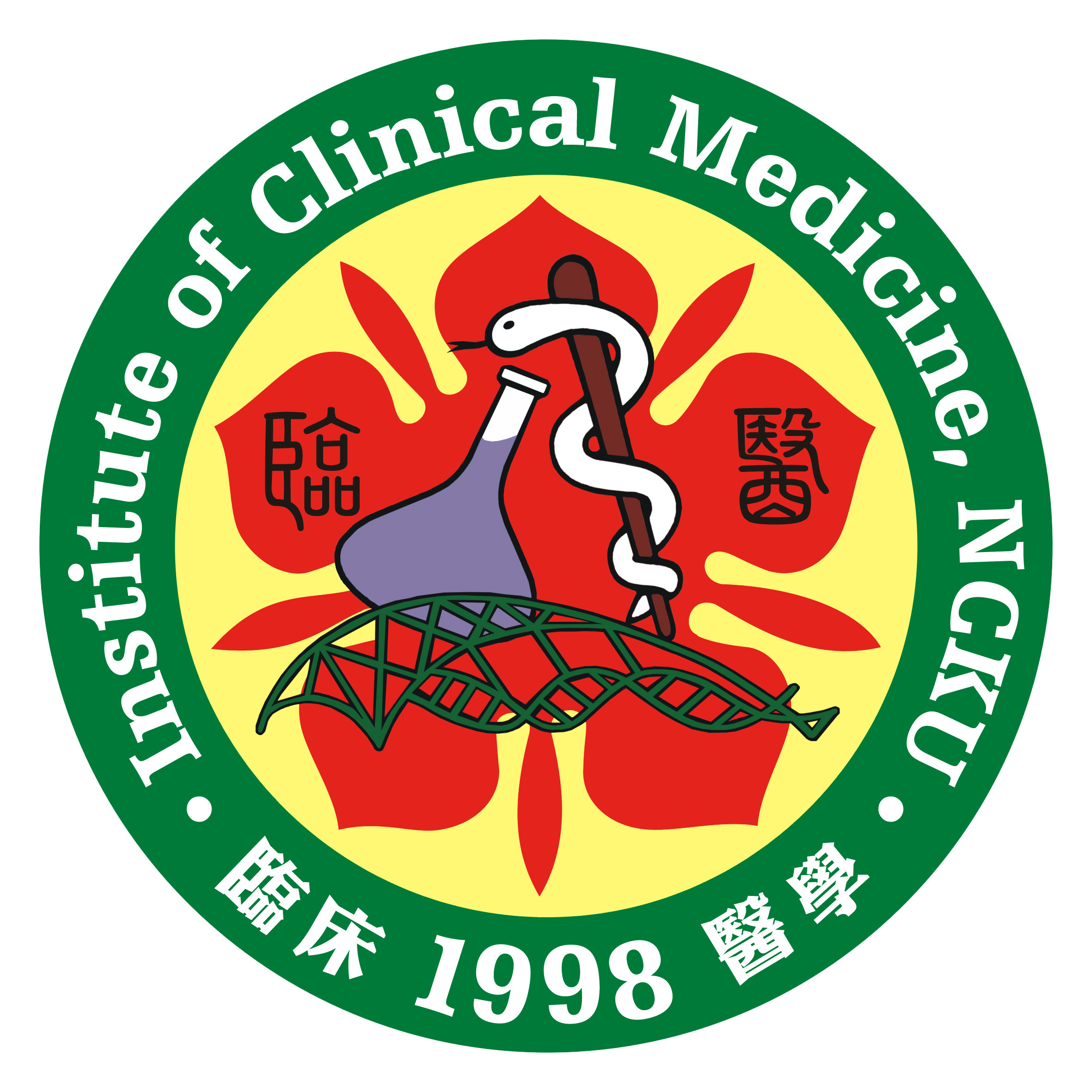蔡曜聲 老師, PPARγ activation improves the microenvironment of perivascular adipose tissue and attenuates aortic stiffening in obesity, J Biomed Sci . 2021 Mar 29;28(1):22.
Abstract
Background: Obesity-related cardiovascular risk, end points, and mortality are strongly related to arterial stiffening. Current therapeutic approaches for arterial stiffening are not focused on direct targeting within the vessel. Perivascular adipose tissue (PVAT) surrounding the artery has been shown to modulate vascular function and inflammation. Peroxisome proliferator-activated receptor γ (PPARγ) activation significantly decreases arterial stiffness and inflammation in diabetic patients with coronary artery disease. Thus, we hypothesized that PPARγ activation alters the PVAT microenvironment, thereby creating a favorable environment for the attenuation of arterial stiffening in obesity.
Methods: Obese ob/ob mice were used to investigate the effect of PPARγ activation on the attenuation of arterial stiffening. Various cell types, including macrophages, fibroblasts, adipocytes, and vascular smooth muscle cells, were used to test the inhibitory effect of pioglitazone, a PPARγ agonist, on the expression of elastolytic enzymes.
Results: PPARγ activation by pioglitazone effectively attenuated arterial stiffening in ob/ob mice. This beneficial effect was not associated with the repartitioning of fat from or changes in the browning of the PVAT depot but was strongly related to improvement of the PVAT microenvironment, as evidenced by reduction in the expression of pro-inflammatory and pro-oxidative factors. Pioglitazone treatment attenuated obesity-induced elastin fiber fragmentation and elastolytic activity and ameliorated the obesity-induced upregulation of cathepsin S and metalloproteinase 12, predominantly in the PVAT. In vitro, pioglitazone downregulated Ctss and Mmp12 in macrophages, fibroblasts, and adipocytes-cell types residing within the adventitia and PVAT. Ultimately, several PPARγ binding sites were found in Ctss and Mmp12 in Raw 264.7 and 3T3-L1 cells, suggesting a direct regulatory mechanism by which PPARγ activation repressed the expression of Ctss and Mmp-12 in macrophages and fibroblasts.
Conclusions: PPARγ activation attenuated obesity-induced arterial stiffening and reduced the inflammatory and oxidative status of PVAT. The improvement of the PVAT microenvironment further contributed to the amelioration of elastin fiber fragmentation, elastolytic activity, and upregulated expression of Ctss and Mmp12. Our data highlight the PVAT microenvironment as an important target against arterial stiffening in obesity and provide a novel strategy for the potential clinical use of PPARγ agonists as a therapeutic against arterial stiffness through modulation of PVAT function.
Keywords: Arterial stiffness; Obesity; Perivascular adipose tissue; Peroxisome proliferator-activated receptor γ.
